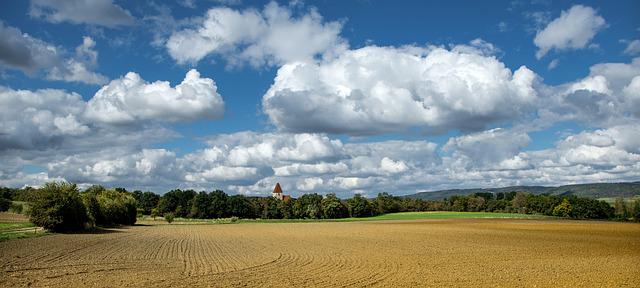April 26, 2022
By Ben Palen, Ag Management Partners
Some Updates Since July 2021
Some nine months ago, I opined that farmland had become an “investment du jour”. That was meant to suggest that increasing numbers of investors, ranging from retail to institutional levels, were realizing the benefits of land ownership. There are few signs that its greater popularity has waned. But there are clouds on the horizon.
I also noted that about 25 years ago, Alan Greenspan, then chairman of the Federal Reserve Board, spoke about “irrational exuberance”. He was referring to the stock market, where he believed that the fundamentals did not support asset values.
In recent conversations with a number of people throughout the vast agricultural sector, I have reflected on lessons learned, notably from the 1980s, and I have also considered that much has changed in agriculture in the past 40 years, whether it be better crop varieties, the availability of agtech tools to monitor so many aspects of crops, or the role of institutional investors in the farmland market. In addition, the use of data sources that were not even on the radar screen 15 years ago has made it possible to find ways of unlocking additional value from farmland. The role that agriculture as a whole, and specifically farmland, can play in reducing the world’s carbon footprint has not gone unnoticed in the public and private sectors.
All of this being said, one factor that I have never experienced in the past four decades in agriculture is a market where many parcels of land have been selling almost as rapidly as houses in many parts of the U.S. How many of us have learned the history lessons that often result when the value of a particular asset class increases by double digits year-over-year? This is unprecedented. It is also troubling because it suggests that a bubble has formed (or is forming). When one considers that when I initially wrote this article last July 25, money could be borrowed from the Farm Credit System (FCS) at 4.55 percent and now that same money would cost 6.85 percent, there is legitimate cause for concern.
While prices for most grains are at levels that have not often been seen in the lifetimes of most farmers (myself included), so too are many input prices at levels nearly double what we saw last summer (if one can source the inputs). The tragedy in Ukraine might lead to long-term trends for higher grain prices, but that is far from certain, just as it is far from certain that input prices and availability will come back to more “normal” levels.
This is against a backdrop of the indisputable impacts of climate change, especially in large swaths of the Western United States. While the ingenuity of agriculturalists has been demonstrated time and again in the face of numerous challenges, this is different. The forces at work here are so vast and powerful that adverse impacts to agriculture, at some level, are going to be irreversible. We’ve already seen evidence of that in the hundreds of thousands of acres being fallowed in California.
Through all of this turbulence, the food needs of a growing world population must still be addressed. And, as noted above, the role of agriculture in mitigating climate change is becoming more prominent, especially with regard to carbon sequestration, and the replacement of some portion of fossil fuel consumption with biofuels. We now have reasons for investing in agriculture that were not likely on anyone’s top-ten list just a few years ago. But we must also take a step back and realize that there is, in my opinion, an “irrational exuberance” in the market. Too many dollars are chasing too few assets for sale. A 50 percent rise in interest rates since last summer cannot be ignored, nor can the enormous change in input costs. If I were to compare a financial model on a given farm that was done last summer to one that I did today, the most likely conclusion would be that last year there was less risk than now.
Is a correction in land values in the offing? Based on having observed 40 years of cycles in this business, I would have to say, yes. Things are currently out of balance. Notwithstanding the long list of favorable reasons for farmland as an asset class in the long-term — new technologies, new uses for crops, data-based analysis of farms for sale, and so forth — the lessons of history must not be forgotten. This is not to suggest that farmland is now a “bad” investment, but rather one that must focus on those opportunities where there is strong, value-added potential, and where measures can be taken to mitigate risk in ways that might not have been considered in recent years.
ABOUT THE AUTHOR:
Ben Palen is a fifth generation farmer with experience in many aspects of agriculture, including projects in the United States, Africa, and the Middle East. The focus on all projects is sustainable practices based on a mix of boots on the ground work and selected use of agtech tools.
*The content put forth by Global AgInvesting News and its parent company HighQuest Partners is intended to be used and must be used for informational purposes only. All information or other material herein is not to be construed as legal, tax, investment, financial, or other advice. Global AgInvesting and HighQuest Partners are not a fiduciary in any manner, and the reader assumes the sole responsibility of evaluating the merits and risks associated with the use of any information or other content on this site.

Let GAI News inform your engagement in the agriculture sector.
GAI News provides crucial and timely news and insight to help you stay ahead of critical agricultural trends through free delivery of two weekly newsletters, Ag Investing Weekly and AgTech Intel.




